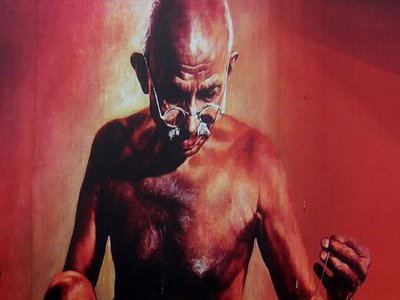In Pics: Tatas’ Grand Mansions Offer A Glimpse of a Bygone World
With Mumbai’s iconic Royal Opera House set to re-open after six years of laborious renovation, we’re in the mood for some more delectable history.
To that end, Quint Lens presents a handful of photographs from the several hundreds stored in the Tata Central Archives, Pune, of properties built, owned, rented and maintained by the rich industrial family of the Tatas between 1822 and 1965.
While most of the buildings featured are in Pune, several classic landmarks are in Mumbai and even France, meant for parties and respite from the Indian summer.

The Esplanade House in Mumbai, for instance, was built by Jamsetji Nusserwanji Tata in the 1880s. It continued to serve the Tatas as a place of residence until the 1930s. It is built in the neoclassical style of the 20th century, complete with columns, pilasters, ivory inlays and painted ceilings.
In 2014, Esplanade House opened after being renovated over 10 years. It went on to win the UNESCO Asia Pacific Award for cultural heritage restoration.
The 130-year-old building with intricate stone-cut work in the courtyard served as the home of the founder of the Tata business empire, Jamsetji Nusserwanji Tata.
It currently belongs to the RD Sethna Scholarship Fund and houses the office of the same. In fact, most heritage buildings owned by the Tatas are now used for research or archival purposes, with some housing offices and colleges.

These photographs and others are currently on display in Pune in an exhibition hosted by the Tata Central Archives, which term these heritage markers as “iconic representations of the architecture of city skylines across the world”.
Perhaps more relevant now, the Bombay House is a historic, privately owned building in Fort, Mumbai, that has been serving as the Tata Group’s headquarters since 1924, i.e. for the last 92 years.

Another iconic, though much more elaborate, property is Gladhurst in Pune, first purchased by Sir Dorabji Tata. Lady Meherbai and him, along with their family, often visited this palatial retreat to take a break from the heat and bustle of Bombay in cold, quaint Poona. Known as the ‘Dutch Palace’, the property had huge grounds for evening parties and weddings with elaborate interiors.
It is currently a private property owned by Edward Pereira and can be booked for weddings and events even now!


Another gem in Pune, and this one still open to public for heritage visits, is the Dunlavin Bungalow, formerly a part of the Dunlavin Estate in the Ganeshkhind area of Pune. Presently, it houses the offices of All India Radio.

The Tatas’ contribution to academic research and cultural innovation in India, generations after generations, is well known.
For example, Ratanbai Bamji donated Rs 1,00,000 for a building for the Zoroastrian Girls’ School in Tehran in the memory of her father, Nusserwanji Ratanji Tata. Sir Ratan Tata, too, made an annual financial grant of 1,400 pounds to the University of London from 1913-21 to study the causes of destitution and poverty.

Sir Dorabji and Sir Ratan Tata also donated Rs 10,000 and Rs 5,000, respectively, in 1916-17 for the proposed building of the Bhandarkar Oriental Research Institute in Pune. The Hall, completed around 1917, still stands today as part of the main building. Sir Dorabji made an additional contribution of Rs 6,000 towards its completion. The Bhandarkar Oriental Research Institute also houses the Sir Ratan Tata Iranian and Semitic Hall.






